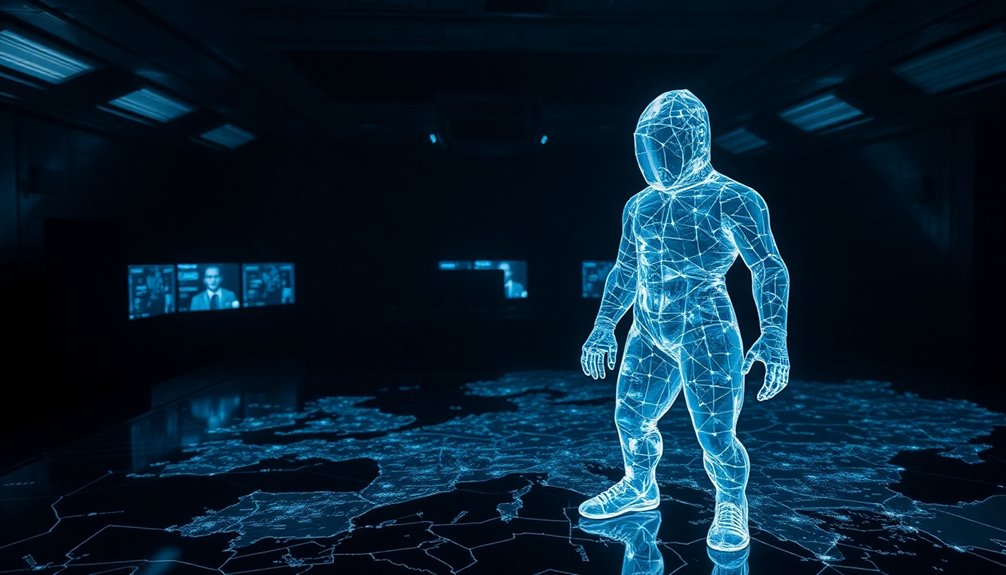
As Ukraine grapples with ongoing cyber threats, the emergence of the Dark Crystal RAT (DCRat) has intensified concerns over national security. This modular remote access Trojan, offered as malware-as-a-service, poses significant risks, particularly to critical sectors like defense systems. With its ability to execute shell commands, log keystrokes, and exfiltrate sensitive files and credentials, DCRat’s capabilities are alarming.
The emergence of Dark Crystal RAT heightens national security risks, especially within Ukraine’s critical defense sectors.
It’s not just the technology itself, but the methods of delivery that elevate the threat level. Historically, you’d see DCRat delivered through compromised websites, fake sites, and email spam with macro-embedded attachments. However, it’s recently adopted advanced techniques like HTML smuggling and compromised Signal accounts, making it even more challenging to combat. HTML smuggling has emerged as a new delivery mechanism for DCRat, further complicating detection and prevention efforts.
In Ukraine, the stakes are high. The targeting of defense systems by DCRat reveals serious vulnerabilities that must be addressed. The Computer Emergency Response Team of Ukraine (CERT-UA) plays a crucial role in this fight, detecting and mitigating threats posed by DCRat. Their efforts highlight the ongoing need for vigilance in cybersecurity.
When DCRat is delivered via compromised Signal accounts, it bypasses traditional security measures, allowing attackers to infiltrate systems with alarming ease. The implications of these tactics extend beyond Ukraine, as similar methods could be employed against government entities or critical infrastructure worldwide.
DCRat’s modular design allows it to adapt and expand its functions through various plugins, making it a powerful tool for data theft and unauthorized surveillance. Its use of evasion techniques, such as password-protected archives and nested RarSFX files, complicates detection efforts. It’s not just about what DCRat can do; it’s also about how difficult it’s for you to recognize and combat it.
CERT-UA’s response includes threat detection, digital forensic investigations, and issuing alerts to raise awareness of emerging threats. They’ve attributed DCRat’s activity to specific threat clusters, emphasizing the importance of international collaboration to share intelligence and prevent similar attacks.
As you stay informed and vigilant, remember that the fight against threats like DCRat is ongoing. The techniques employed by adversaries will likely evolve, requiring you to adapt and stay ahead in the ever-changing landscape of cybersecurity. In this battle, constant vigilance and collaboration are your best defenses.









